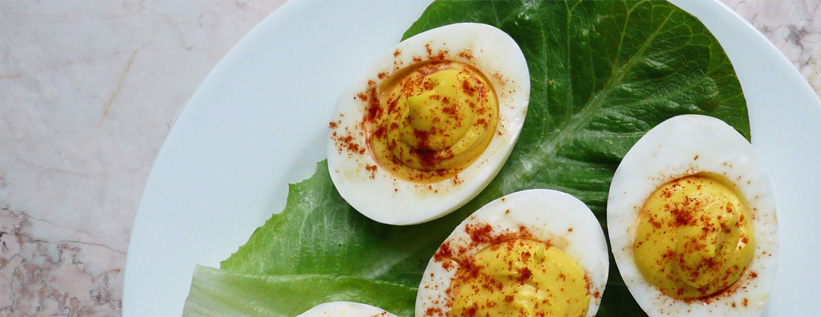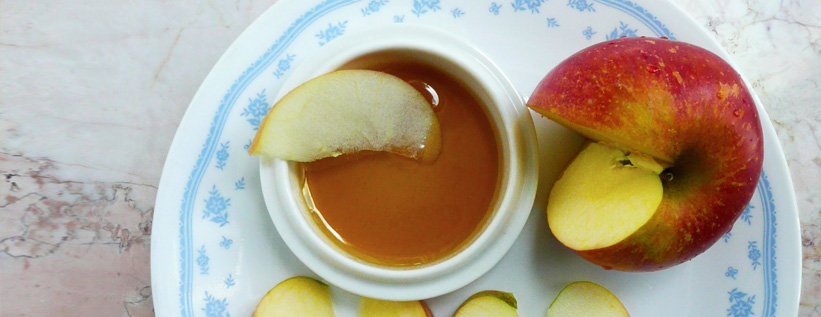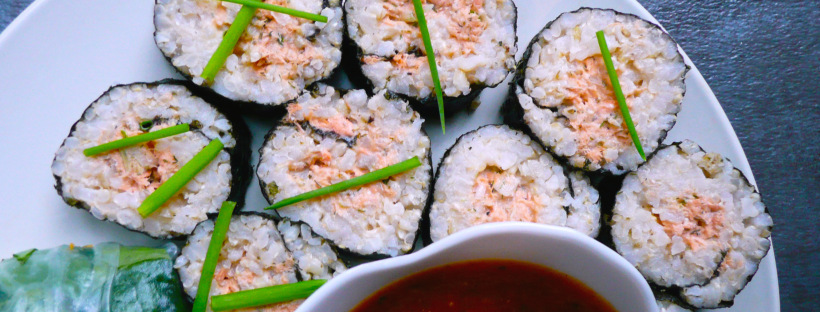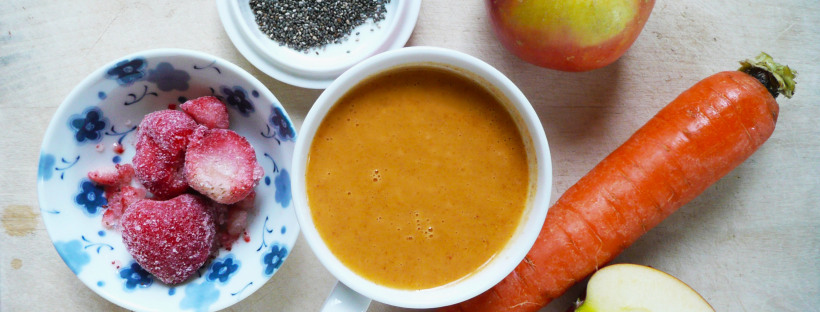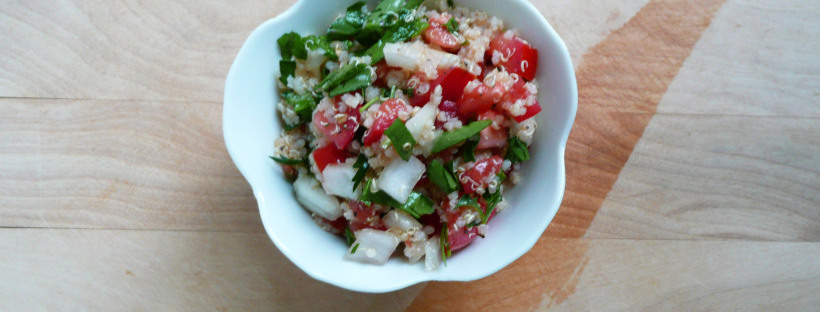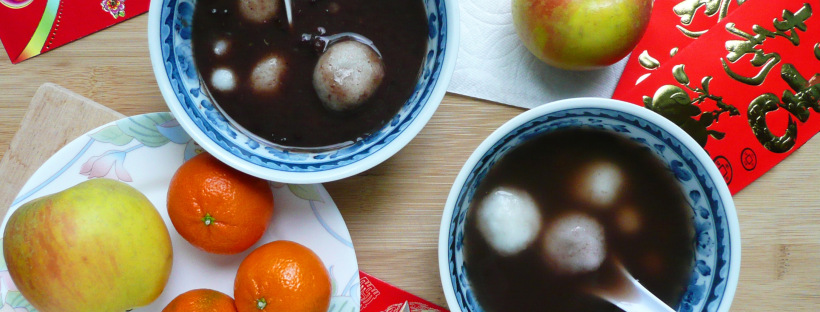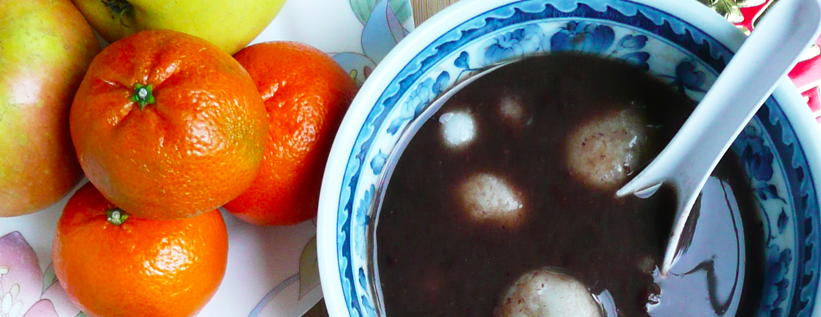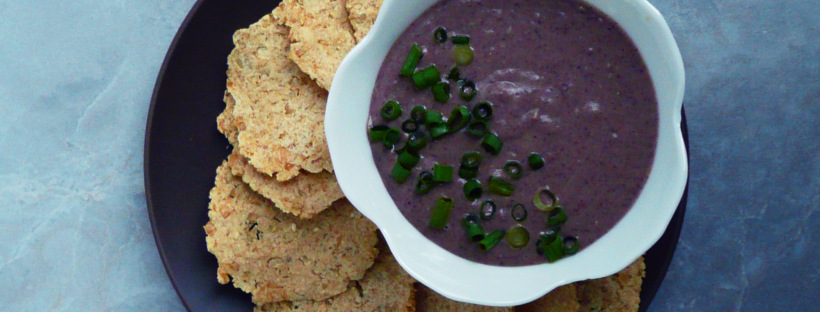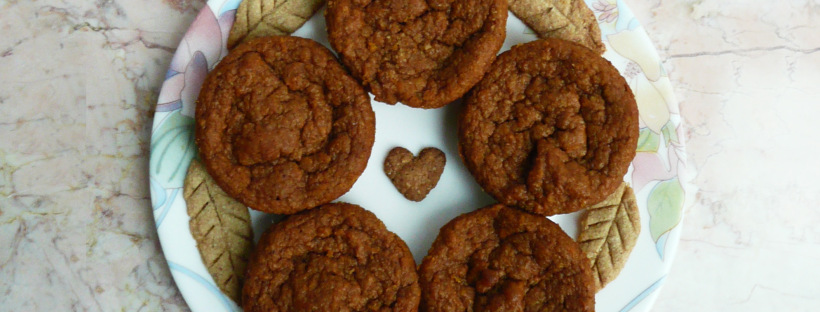Like many people, I love a good deviled egg. There is something about these little bites of heaven that is both kind of fancy, but very comforting at the same time. They take a little time and care, but they are everybody's favorite thing to eat at a party.
Tag: snack
Apple Slices and Two Ingredient Caramel Dip – Paleo, Vegan, Refined Sugar Free
This is the easiest no cook caramel dip ever. It tastes amazing and takes just seconds to make. Paleo and Vegan.
Salmon Salad Sushi – Super Easy
I love tuna salad, and this is a slightly fancier version but is still super simple to make. It's perfect for a quick dinner, and you can use up your leftover brown rice or salmon to make this tasty dish.
Good Morning Sunshine Smoothie – (Strawberry, Apple, Pineapple) – Easy, Vegan, Dairy Free, Delicious
This super pretty strawberry and pineapple smoothie looks like sunshine in a cup. It's a snap to make and is not only delicious, but also full of healthy and anti-inflammatory ingredients.
Quinoa Tabbouleh – Easy, Gluten-Free, Vegan, Delicious
A simple, healthy, and delicious way to use up leftover quinoa. Great to make ahead for easy lunches.
Lunar New Year – Homemade Tang Yuan Recipe – Refined Sugar Free
These tang yuan are chewy sweet rice balls with delicious red bean filling. Tang yuan signify family togetherness and are eaten during Lunar New Year celebrations.
Lunar New Year – Red Bean Soup Recipe, Refined Sugar Free, Maple Syrup
A refined sugar free version of a classic sweet red bean soup.
Kitchen Tip – How to Regrow Green Onions
A simple, thrifty, and easy way to regrown green onions.
Creamy Lemon Garlic Black Bean Dip
A nice easy dip to have on hand for Superbowl Sunday - this dip is bright and creamy, and takes just minutes to make.
Pumpkin Bread Muffins – Gluten Free, Dairy Free
These little muffins are wonderfully spiced and perfect for when you’re craving pumpkin bread.
